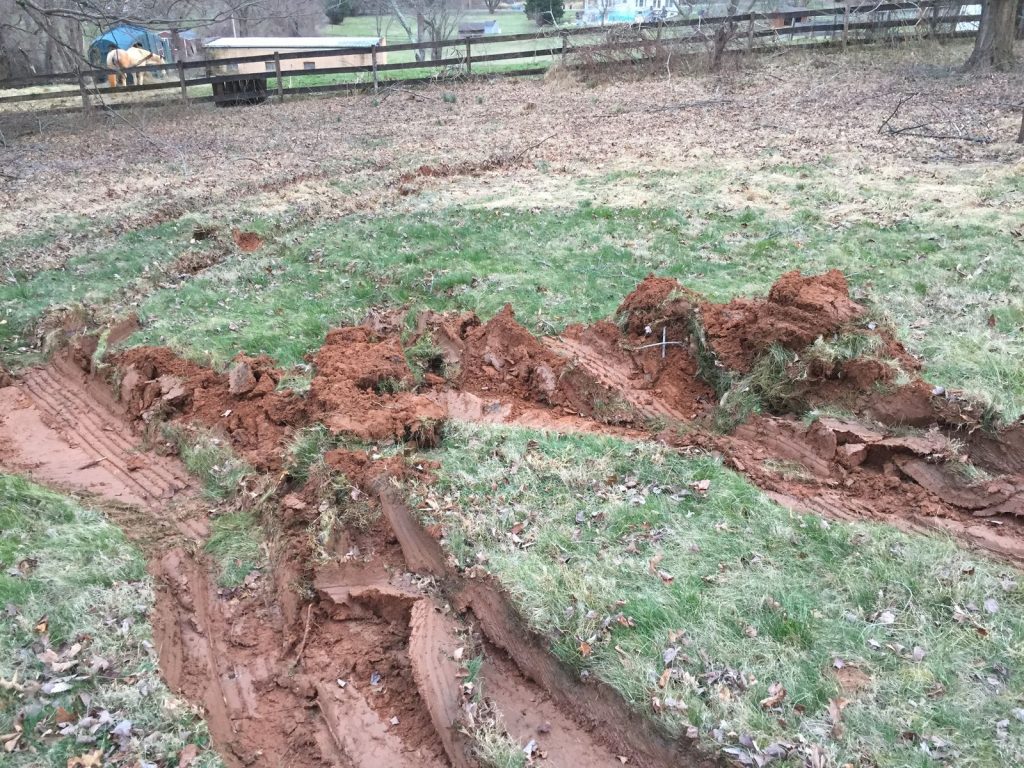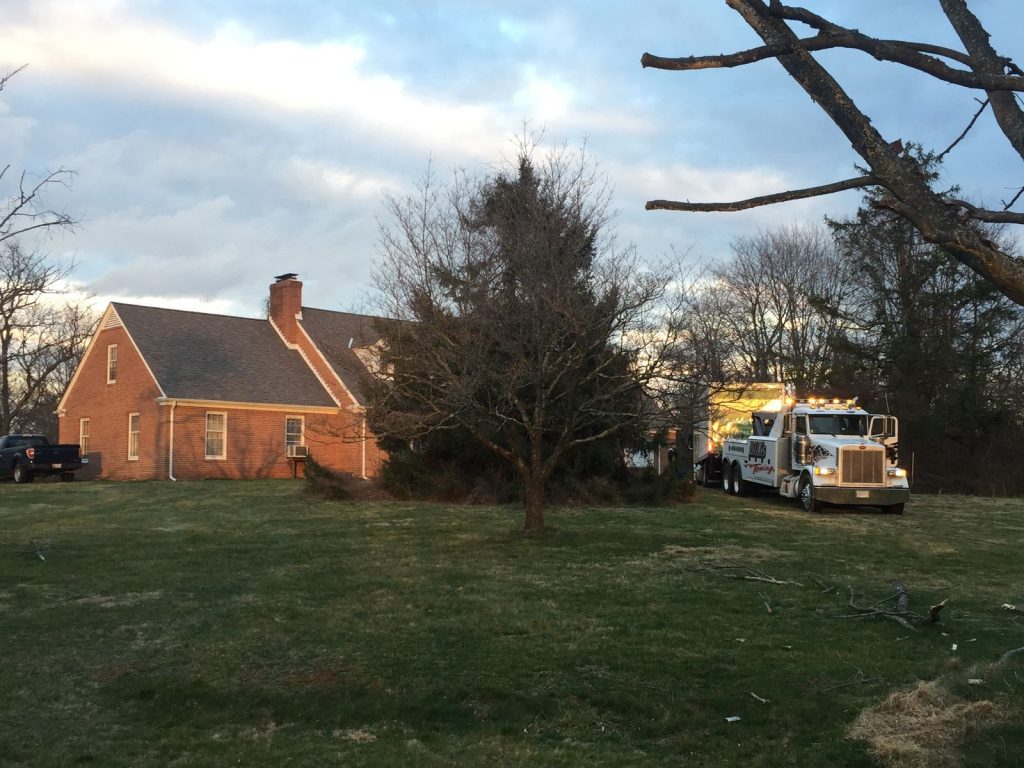December 19, 2018
Dear Daddy —
I was talking about the basement, and the accumulation of STUFF. Most of that stuff is gone now. Here’s how that happened.

You were still alive and mobile, albeit diagnosed with Alzheimer’s, when the cleanup began. After making some inroads in the house (literal inroads–pathways through the mountains of junk), I told Mother I wanted to do something about the basement and the garage. She said something to me like, “I wish you’d do something about the storage place. It’s costing us over $700 a month.”
Wait–how much?
You were paying more than my first house payment for a garage bay storage unit that was about 10′ by 28′. Yes, that needed to go away.
I have a colleague, Bob, who runs a computer museum. It started as a corner of his offices, where a few old machines that his company had actually used sat. It was grown into a multi-room collection of video game consoles, vintage switchboards, mainframe units and even an Apple I series computer signed by co-inventor Steve Wozniak. I asked Bob if he was looking for anything in particular for his museum, as I had over 6000 square feet of old electronics storage to dispose of.
Bob said, “Let me come see it,” and so he came by and brought the head of the National Electronics Museum, as well as a gentleman from New Jersey who was affiliated with a computer collector’s club. They met you and talked for as long as you were able–not long in those last months of your life–and then they walked (carefully) through the collection. We agreed to get a truck, transport a load of stuff to Bob’s warehouse, and have some interns catalog everything and try to sell it on eBay.
The rental storage was emptied first. That, as I recall, took two trips. It also involved oil spills (you had stored disintegrating hydraulic jacks there, and they leaked all over the driveway) as well as a fluid spill from an etching machine that rather frightened us. Etching machines, after all, might hold acid. After researching, it turned out to be just some dirty water and anti-freeze. There were empty equipment cabinets, a portable darkroom, some radar monitors that had been Navy issue, radiation detectors, and radio equipment. We spent about $700 renting trucks and paying interns. We made about… $700 in sales.
Not a sustainable proposition.
Mike, from the Electronics Museum, held a rummage sale and disposed of what didn’t sell on eBay. Through that process, he met Justin and Thory, who salvage electronics for a living. They came and toured the basement and garage and offered to pay us by the pound for the contents. The first time they came, they rented a conveyor belt to bring items up the basement stairs to the outside and brought a crew of four additional people to carry things out. It was raining that day. They set up a canopy to protect the conveyor. You insisted on hobbling down on a cane to see what was going on. When you saw all the pieces coming out of the basement, you looked at me, smiled, and said, “Finally!”
Your enjoyment of the process did not last. We brought you a chair, and you watched each piece come out. It began slowly. You pointed to one item and said, “Let’s keep that one.” And the boys set it aside. After about fifteen minutes, every item that came up the conveyor was being set aside. Not only did that mean they weren’t leaving the property, but the guys had not been hired to carry things back in. So anything you asked to keep was going to be something I had to carry back in and store.
So I distracted you.
I had an aunt, Betty, who used to tell her children to go to the window and wait for a purple kangaroo to hop by, by way of distracting them. I did not tell you there were purple kangaroos in the neighborhood (you would have known they stay well inside the PG County line), but I came up with something you needed to address inside the house. You got up, frightening everyone and causing four people to run to help you, but you did not head toward the upstairs of the house. No, you decided to walk, with a cane and your feeble, 94-year-old legs, down the basement stairs, through the small valley formed by the conveyor belt, and into the basement. You walked the nigh-untraversable path back to the water tank, tripping and almost falling on the boards and pipes with which you had lined every walkway, in order to “just see things.”
Having done all of this–a one-minute walk which took a half an hour–you announced you were tired. You asked me to close some cabinets where “the valuable stuff” was, and we went back upstairs.
It was your last trip outside the house on your own power. The next would be by ambulance, and that was for your last trip to the hospital, which began your hospice care. You lived five weeks after that.

The truck got stuck in the front yard that day, loaded down with probably a ton and a half of junk from the basement. Trying to move it, they wound up sliding halfway to the front fence. We had to call one of the only heavy wreckers in Maryland to come tow them out with a long cable. I don’t think they got home to Manassas before midnight.
There have been many trips since, before which we’ve always checked the ground for firmness, and never again tried to work in the basement on a rainy day. We’ve emptied the garage, the back porch (which was half-packed with things too heavy to carry elsewhere) and two of the four big rooms in the basement. And we’ve made a little money.
Probably not as much as you spent amassing all that junk, but I suppose the joy it brought you just to own it for all those years was worth something.
We’re nowhere near “done” yet, much less organized.
But we’re getting there.
Love, Steven
